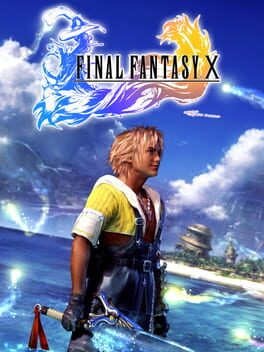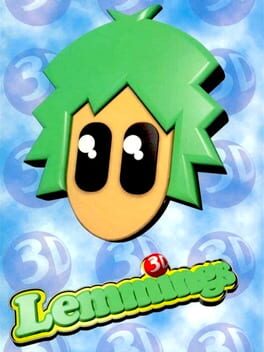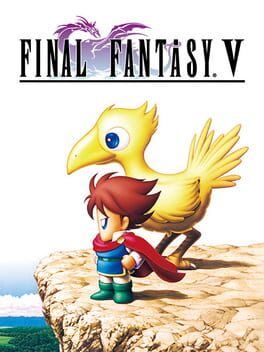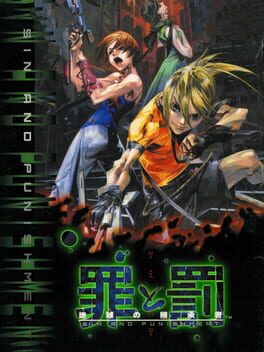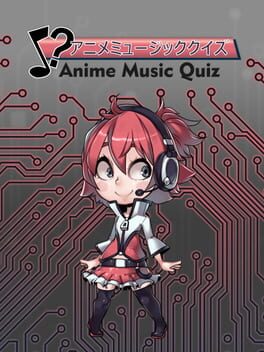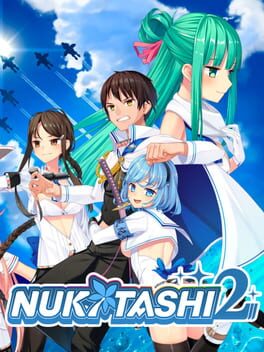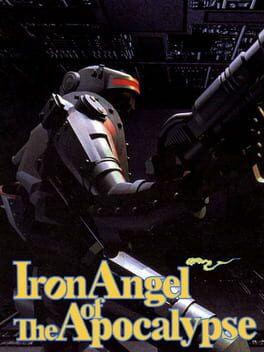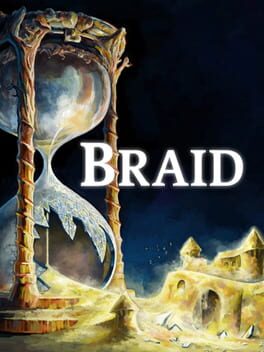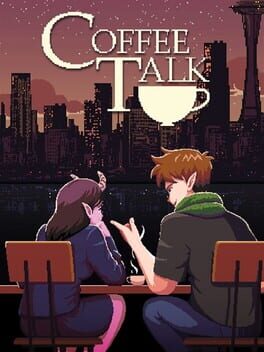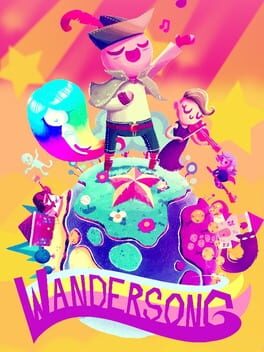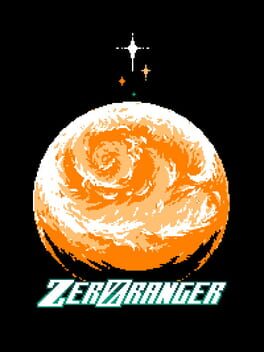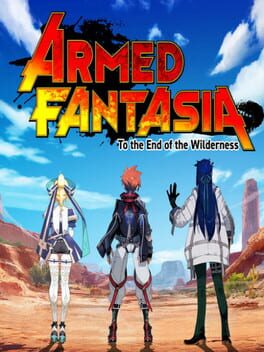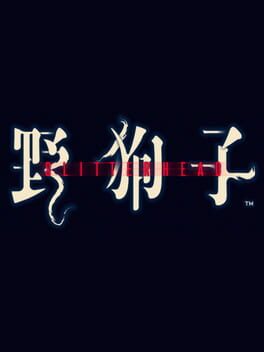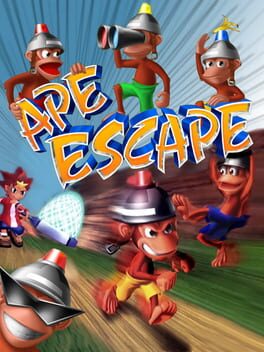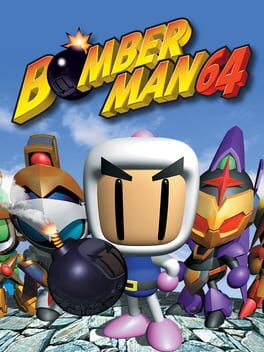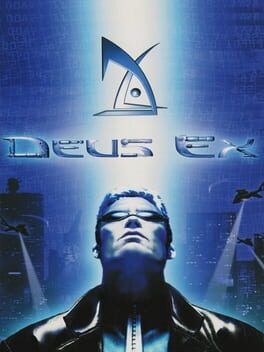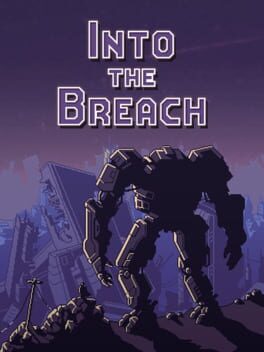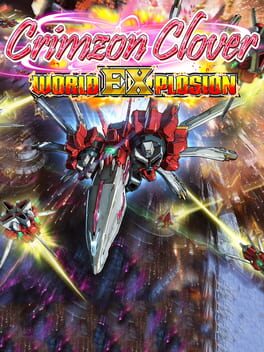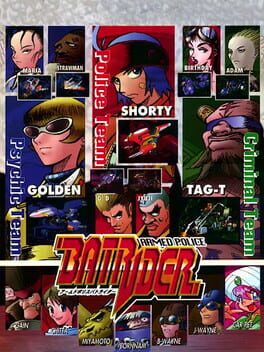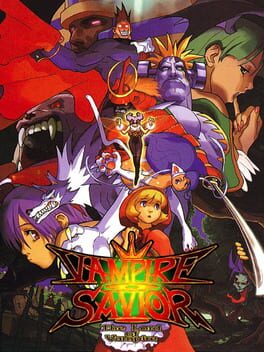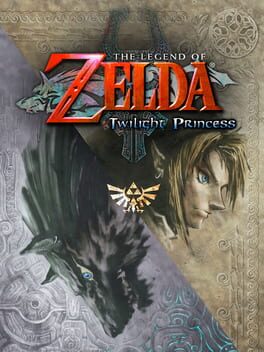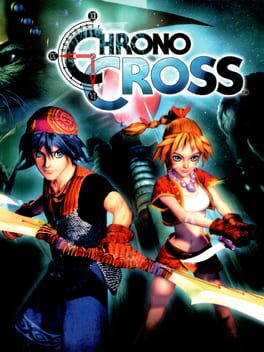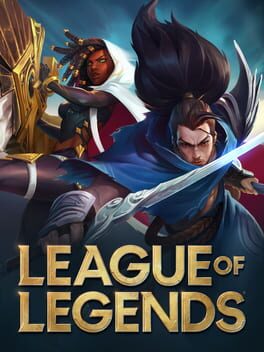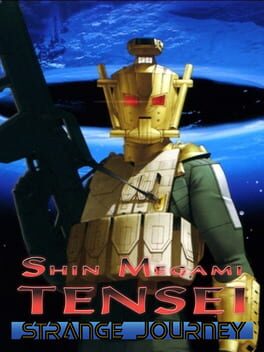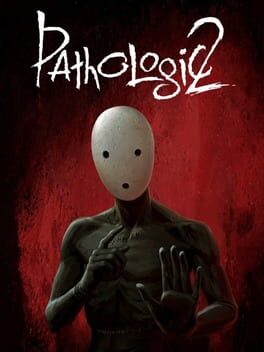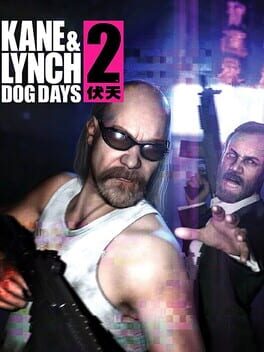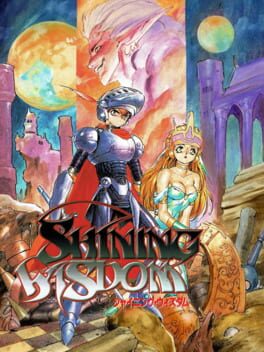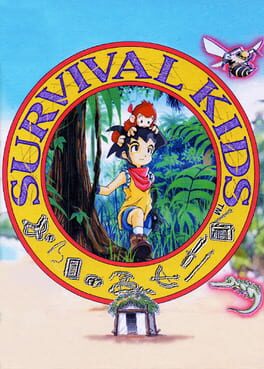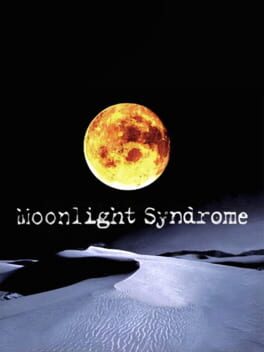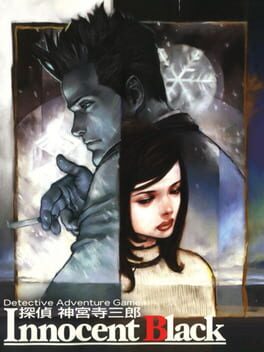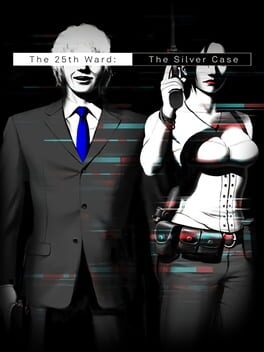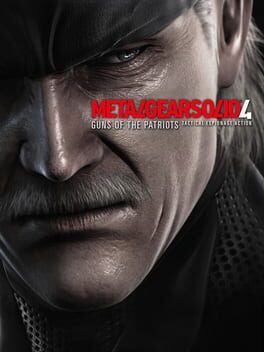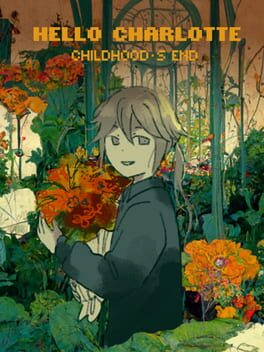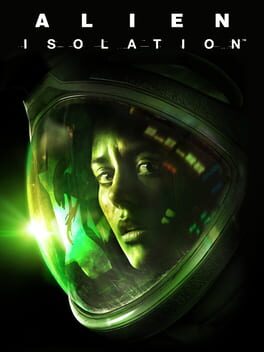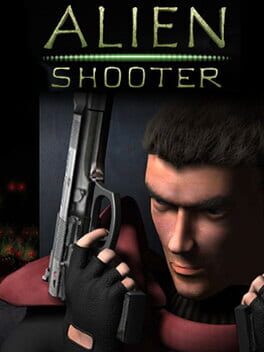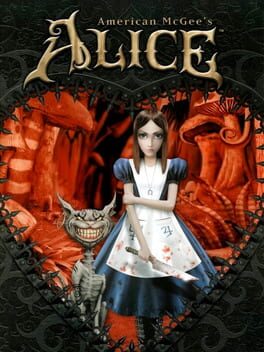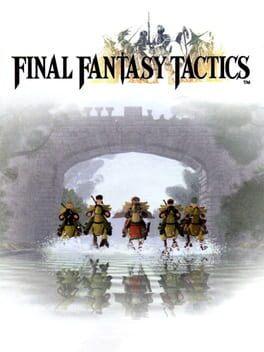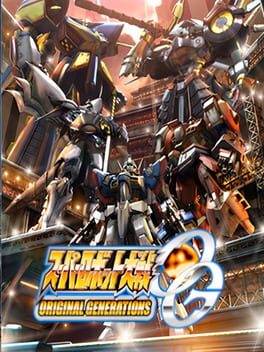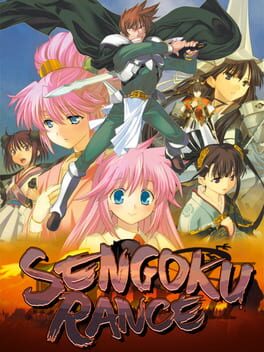CModel
125 reviews liked by CModel
Final Fantasy X
2001
Lemmings 3D
1995
Resident Evil 4
2023
Beneath the surface of Resident Evil 4 Remake’s 4K high-definition models, textures, and overly-polished sterile gameplay lies the rotting reactionary corpse of modernity. Resident Evil 4 Remake represents the logical end-point for art under late-stage capitalism, where creators are in a petrified state of artistic stasis where everything old must be modernised, updated, and ‘fixed’. I cannot bring myself to care about this game or the two remakes that preceded it. It’s become a homogenous and trite blob of nothingness, void of any soul or integrity.
Final Fantasy V
1992
this game gets really sold short just for not being as self serious as ff4 and not as grand as the series gets from 6 onward but it's a really spectacular game even outside of its stellar mechanics and practically outdoes ff4 in every way. definitely leans a bit more on comic relief than some people might like but there's some really great moments here and the cast is really strong, especially with galuf and bartz, and exdeath is undercut by fans for how interesting of an antagonist he is. neo exdeath is by far the coolest final boss design in this series to me other than safe sephiroth, and even if he's pretty stock standard on a surface level i think he deserves more credit as a villain. easily my favorite of the snes trilogy of final fantasy games and a game i can't recommend enough to fans of jrpgs
Sin and Punishment
2000
There’s still plenty of games by Treasure that I still haven’t played and hope to play, but I think I’m starting to get a good idea of what makes their best games so captivating, not incidentally because it’s showcased so strongly here. Treasure have this sort of repertoire of mechanics which serve as a constellation around a central idea - encouraging the player to view and approach encounters in different ways - which is always surprising the player with the extent of the interactivity of the experience, and I’ve noticed that how much I like each game can be strongly correlated to how frequently and strongly this central idea is expressed. I understand that this is very abstract, so let’s try and make it more concrete:
Treasure loves parries; the idea of taking a projectile being fired at you and turning it back around. The frequency with which this mechanic occurs in their games really just makes it seem like somebody at the studio thought it was cool as shit (which it is), but it also serves a wider purpose: Projectiles are rarely just obstacles to be avoided, they’re just as equally potential tools. The best iteration I’ve seen of the idea is Mischief Maker’s Cerberus Alpha but Sin and Punishment makes major use of this idea too to provide moments of realisation for the player in a variety of ways. Enemies which initially seem to be threats because they fill the screen with more projectiles are recontextualised as things which help you through your own skill to deal with them, and this is integrated with decision-making; it’s not just “Oh, I can parry this projectile” but also “Oh, I should kill this guy with the rocket launcher last, because he is just giving me rockets to parry.” It's a really great complication to the simple loop of shooting everything that appears on the screen which can make a lot of shmups feel homogenous sometimes.
The second expression is the use of alternate modes, an idea which has gone through several evolutions in Treasure’s history. In the transition from Gunstar Heroes to Alien Soldier, it was decided that allowing the player to switch aiming modes mid-level was superior to a one-time choice, not only because it was more flexible, but because choosing the best mode for the situation in real-time is a deeper expression of skill and knowledge. The next evolution, occurring in Sin and Punishment, was that this choice can be integrated with the skill curve of the game. The lock-on mode of Sin and Punishment drastically helps the player reduce their mental stack, but it makes you do less damage than the manual aiming, so while it’s always ideal to manual aim, every section is essentially asking the player “do you think you have the skill to dodge all this shit and aim simultaneously?”, which rarely has a static answer. Sections where you relied on the lock-on in one playthrough you might “graduate” to manually aiming in the next, and this is such a dynamic, player-driven approach to difficulty.
I would say almost objectively that Ikaruga is the highest expression of this connection between mode-switching and a skill curve (for reasons that I probably don’t need to explain but could probably spend way too long doing anyway), but I really like this incarnation of it simply because of its connection with the early 3D era of the N64. This was Treasure’s first foray into true 3D and their use of it in this game is so joyous and imaginative. Part of why the use of lock-on as a tool for dealing with the mental stack is so effective is because it tasks you with aiming at enemies in the background, enemies above and below you, enemies next to you and even enemies in the foreground in front of you, all of whom can be sending projectiles your way in different 3D planes, it’s a lot to deal with, but that only enhances the foundational shmup satisfaction of feeling like a god because you just dodged a seemingly undodgeable pattern of bullets - which would not be as effective if you were only fired upon from one dimension. The way the game uses shifts in perspective is incredible: traditional rail shooting and run-n-gun blends together in subtle combinations, but then you’ll suddenly fight a boss in an arena where you can rotate 360 degrees around a central point, other parts, like the railcar section evoke a shooting gallery, and there’s a full Gunstar Heroes-esque run-n-gun section in the final level, and the pace of these shifts is so fast that it feels apt to call it a tour-de-force of various 3D shooting-game concepts.
The third expression is the interplay between close and long-range combat. Treasure shooting games very often break up purely ranged combat with degrees of close-quarters combat, an idea which bookends Treasure’s major works, beginning with the claustrophobic fight against Orange on top of a plane in Gunstar Heroes and ending with the fistfight against Deko Gekisho in Star Successor, Radiant Silvergun found a way to sneak in a sword into a genre traditionally dealing only in bullets, and Sin and Punishment’s moments of melee combat are some of the best in the game - flinging Radahn off a cliff and Brad through a window just doesn’t get old. It works, again, because you have to think about the situation and choose which type of attack is best, further fostering this interactivity that purely moving a reticle over an enemy and holding down the shoot button doesn’t.
I wouldn’t say having these elements alone constitutes a good game, but harmonising them to create a complex experience is why I think this and Treasure’s other games are so great. That isn’t to say that Sin and Punishment doesn’t have its own unique things going on though: I think the approach to story here is quite interesting and complements the short yet highly-replayable structure really well. On the first go, story beats like the dream sequence or characters like Achi or even allegiances and motivations of certain characters are incredibly hard to parse, but the fact that they’re so confusing gives the story relevance beyond the first playthrough, since it makes progressively more sense each time. It’s something that I’m surprised more developers don’t take advantage of, kind of like how the way Hades’ story is structured complements its repetitious roguelite structure, this complements the replayable arcade structure.
The music is also really great. Toshiya Yamanaka has remarked that this was thanks to some programmer at Treasure who was capable of programming the N64’s pulse-code modulation, which results in higher sound quality. I don’t really understand that myself, but the music here goes hard, even if it does have some questionable repetitions.
The difficulty modes are also incredibly well done. Easy, medium and hard aren’t just differentiated by damage sliders, sections can be quite radically different on each difficulty as there are added enemies and new attacks, which is basically a perfect execution of difficulty selection in a game like this.
I would be remiss to not mention some of the flaws as I don’t think this is a perfect game. The voice acting is terrible. Don’t get me wrong, I love me some campy, trashy voice acting, but this game is clearly going for a more serious tone and that really clashes with the bad line deliveries. While I prefer the conciseness of this game in general, Star Successor has a better version of melee options, as it’s too easy in this game to spam the attack button to parry anything you want, whereas the sequel demands timing. The first level is also such a snoozefest, even on hard, that it sometimes feels like a chore to go through on a fresh run. Having such an easy first level isn’t even necessary for new players since this game already has quite a good tutorial.
On the whole though this is probably my favourite Treasure game I’ve played so far and the flaws are really not that big of a deal. Really looking forward to playing the Treasure games I haven't played yet (Dynamite Headdy, Gradius V, Bangai-O, Silhouette Mirage, possibly more)
Treasure loves parries; the idea of taking a projectile being fired at you and turning it back around. The frequency with which this mechanic occurs in their games really just makes it seem like somebody at the studio thought it was cool as shit (which it is), but it also serves a wider purpose: Projectiles are rarely just obstacles to be avoided, they’re just as equally potential tools. The best iteration I’ve seen of the idea is Mischief Maker’s Cerberus Alpha but Sin and Punishment makes major use of this idea too to provide moments of realisation for the player in a variety of ways. Enemies which initially seem to be threats because they fill the screen with more projectiles are recontextualised as things which help you through your own skill to deal with them, and this is integrated with decision-making; it’s not just “Oh, I can parry this projectile” but also “Oh, I should kill this guy with the rocket launcher last, because he is just giving me rockets to parry.” It's a really great complication to the simple loop of shooting everything that appears on the screen which can make a lot of shmups feel homogenous sometimes.
The second expression is the use of alternate modes, an idea which has gone through several evolutions in Treasure’s history. In the transition from Gunstar Heroes to Alien Soldier, it was decided that allowing the player to switch aiming modes mid-level was superior to a one-time choice, not only because it was more flexible, but because choosing the best mode for the situation in real-time is a deeper expression of skill and knowledge. The next evolution, occurring in Sin and Punishment, was that this choice can be integrated with the skill curve of the game. The lock-on mode of Sin and Punishment drastically helps the player reduce their mental stack, but it makes you do less damage than the manual aiming, so while it’s always ideal to manual aim, every section is essentially asking the player “do you think you have the skill to dodge all this shit and aim simultaneously?”, which rarely has a static answer. Sections where you relied on the lock-on in one playthrough you might “graduate” to manually aiming in the next, and this is such a dynamic, player-driven approach to difficulty.
I would say almost objectively that Ikaruga is the highest expression of this connection between mode-switching and a skill curve (for reasons that I probably don’t need to explain but could probably spend way too long doing anyway), but I really like this incarnation of it simply because of its connection with the early 3D era of the N64. This was Treasure’s first foray into true 3D and their use of it in this game is so joyous and imaginative. Part of why the use of lock-on as a tool for dealing with the mental stack is so effective is because it tasks you with aiming at enemies in the background, enemies above and below you, enemies next to you and even enemies in the foreground in front of you, all of whom can be sending projectiles your way in different 3D planes, it’s a lot to deal with, but that only enhances the foundational shmup satisfaction of feeling like a god because you just dodged a seemingly undodgeable pattern of bullets - which would not be as effective if you were only fired upon from one dimension. The way the game uses shifts in perspective is incredible: traditional rail shooting and run-n-gun blends together in subtle combinations, but then you’ll suddenly fight a boss in an arena where you can rotate 360 degrees around a central point, other parts, like the railcar section evoke a shooting gallery, and there’s a full Gunstar Heroes-esque run-n-gun section in the final level, and the pace of these shifts is so fast that it feels apt to call it a tour-de-force of various 3D shooting-game concepts.
The third expression is the interplay between close and long-range combat. Treasure shooting games very often break up purely ranged combat with degrees of close-quarters combat, an idea which bookends Treasure’s major works, beginning with the claustrophobic fight against Orange on top of a plane in Gunstar Heroes and ending with the fistfight against Deko Gekisho in Star Successor, Radiant Silvergun found a way to sneak in a sword into a genre traditionally dealing only in bullets, and Sin and Punishment’s moments of melee combat are some of the best in the game - flinging Radahn off a cliff and Brad through a window just doesn’t get old. It works, again, because you have to think about the situation and choose which type of attack is best, further fostering this interactivity that purely moving a reticle over an enemy and holding down the shoot button doesn’t.
I wouldn’t say having these elements alone constitutes a good game, but harmonising them to create a complex experience is why I think this and Treasure’s other games are so great. That isn’t to say that Sin and Punishment doesn’t have its own unique things going on though: I think the approach to story here is quite interesting and complements the short yet highly-replayable structure really well. On the first go, story beats like the dream sequence or characters like Achi or even allegiances and motivations of certain characters are incredibly hard to parse, but the fact that they’re so confusing gives the story relevance beyond the first playthrough, since it makes progressively more sense each time. It’s something that I’m surprised more developers don’t take advantage of, kind of like how the way Hades’ story is structured complements its repetitious roguelite structure, this complements the replayable arcade structure.
The music is also really great. Toshiya Yamanaka has remarked that this was thanks to some programmer at Treasure who was capable of programming the N64’s pulse-code modulation, which results in higher sound quality. I don’t really understand that myself, but the music here goes hard, even if it does have some questionable repetitions.
The difficulty modes are also incredibly well done. Easy, medium and hard aren’t just differentiated by damage sliders, sections can be quite radically different on each difficulty as there are added enemies and new attacks, which is basically a perfect execution of difficulty selection in a game like this.
I would be remiss to not mention some of the flaws as I don’t think this is a perfect game. The voice acting is terrible. Don’t get me wrong, I love me some campy, trashy voice acting, but this game is clearly going for a more serious tone and that really clashes with the bad line deliveries. While I prefer the conciseness of this game in general, Star Successor has a better version of melee options, as it’s too easy in this game to spam the attack button to parry anything you want, whereas the sequel demands timing. The first level is also such a snoozefest, even on hard, that it sometimes feels like a chore to go through on a fresh run. Having such an easy first level isn’t even necessary for new players since this game already has quite a good tutorial.
On the whole though this is probably my favourite Treasure game I’ve played so far and the flaws are really not that big of a deal. Really looking forward to playing the Treasure games I haven't played yet (Dynamite Headdy, Gradius V, Bangai-O, Silhouette Mirage, possibly more)
Anime Music Quiz
2018
Nukitashi 2
2024
drip and swag are all that matter in this world; assimilation is underway
the atmosphere here is so oppressively dense that it almost makes me forget i'm playing one of the worst feeling shooters to ever be released by a professional company. it's like if faceball 2000 somehow ran at an even lower framerate and was intended for people who'd never had nice days in their entire lives
but that fucking vibe is immaculate. the premise is hopelessly bleak without feeling tryhard, the industrial soundtrack is somehow more mechanically clunky than the gameplay itself and the cutscene direction rivals actual fucking cinema despite being from 1994. who the fuck made this??
oh - it's the guys behind gadget: past as future
alright that explains everything
the atmosphere here is so oppressively dense that it almost makes me forget i'm playing one of the worst feeling shooters to ever be released by a professional company. it's like if faceball 2000 somehow ran at an even lower framerate and was intended for people who'd never had nice days in their entire lives
but that fucking vibe is immaculate. the premise is hopelessly bleak without feeling tryhard, the industrial soundtrack is somehow more mechanically clunky than the gameplay itself and the cutscene direction rivals actual fucking cinema despite being from 1994. who the fuck made this??
oh - it's the guys behind gadget: past as future
alright that explains everything
Braid
2008
There's a moment near the very end of this game that I think really epitomizes Simon's Quest for me. You're going up to Dracula's Castle again.... and it's quiet. Nobody's home, just the eerie ruins of a place you once passed through long ago. There's no real twist to it either, it's just played straight. You walk in, unceremoniously kill Dracula, and that's it. It leaves this sort of hollow feeling, a deep reminiscence of the Castlevania that once was.
Simon's Quest is the most interesting kind of sequel to me, one that seeks to completely invert and upend the status quo of the original game. If the original Castlevania was about a methodical seige to defeat evil and save the day, then Simon's Quest is a showcase of the genuine aftermath shadowing such a task. Even after defeating Dracula, Simon doesn't have much of anything to return to. The world that he supposedly "saved" is completely dead looking, and he's left with a curse that's constantly eating away at his body. It's a premise that lies in stark contrast to the elating feeling that came with beating the first game, almost as if we've been kicked down and mocked despite our greatest efforts and supposed victories.
Simon's Quest is a game I'd consider to be genuinely brilliant and forward thinking, but not everyone seems to agree with me. Perhaps there couldn't be more fitting fate for it. A game reviled and dismissed by most, just as its hero is left with nothing but bitterness and decay.
Simon's Quest is the most interesting kind of sequel to me, one that seeks to completely invert and upend the status quo of the original game. If the original Castlevania was about a methodical seige to defeat evil and save the day, then Simon's Quest is a showcase of the genuine aftermath shadowing such a task. Even after defeating Dracula, Simon doesn't have much of anything to return to. The world that he supposedly "saved" is completely dead looking, and he's left with a curse that's constantly eating away at his body. It's a premise that lies in stark contrast to the elating feeling that came with beating the first game, almost as if we've been kicked down and mocked despite our greatest efforts and supposed victories.
Simon's Quest is a game I'd consider to be genuinely brilliant and forward thinking, but not everyone seems to agree with me. Perhaps there couldn't be more fitting fate for it. A game reviled and dismissed by most, just as its hero is left with nothing but bitterness and decay.
432 lists liked by CModel
by roboSteven |
153 Games
by Nyo |
7 Games
by Bells |
27 Games
by Yeahlookiehere |
40 Games
by theia |
10 Games
by Crunch_Gorilla |
20 Games
by Ardwyw_mp3 |
218 Games
by CorpsSansOrganes |
37 Games
by CorpsSansOrganes |
155 Games
by petro_sino |
43 Games
